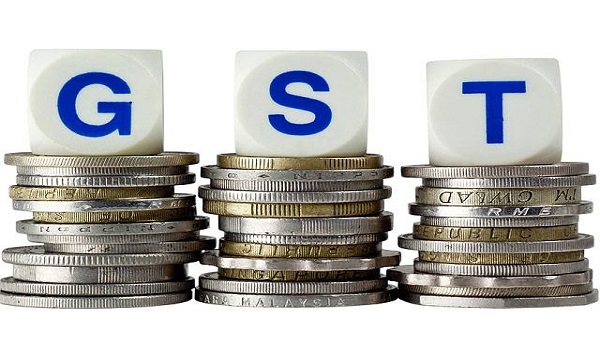India is poised to witness a historical tax reform at the dawn of July 1st 2017 as the nation welcomes new Goods and Services Tax bill that will transform the existing fragmented market into a singular and unified entity. GST will usher a new economic era to help simplify complexities of the current tax system.
Organizations can look forward to a multitude of benefits, although tax professionals and finance executives are required to burn midnight oil as the nation prepares for the historical tax reform called as Goods and Services Tax bill.
Since Enterprise Resource Planning platforms serve as the solid foundation for operating a myriad of business applications, one must ensure that the ERP system complies with GST so that the organization can easily sail into the new waters of GST regime.
Vital areas of ERP to be influenced by GST
Goods and Services Tax bill will impact a wide spectrum of business processes as well as organizational departments. The biggest impact will be felt in the tax related procedures that will have to get aligned with GST regulations. There will be considerable revisions in terms of vendor invoices, goods receipt, billing related documents, and documentation associated with stock transfer, just to name a few.
Sales invoices will have to be assigned unique sequential numbers and the master data will have to be revised for incorporation of new requirements as per GST regulations. You will have to make necessary changes in customer master charts of accounts, and vendor master. The registration numbers of GST will be required to be stored and maintained in case if all customers as well as vendors that are already registered or are going to be registered in future.
Registration of GSTIN
It is compulsory to register and procure GST Identification Number or GSTIN because it will cover all current registration numbers including VAT, Service TAX, and Excise. If the enterprise is operating from different states, then it will have to obtain separate GSTIN registrations in those states. One GSTIN will be sufficient to cover IGST, CGST, and SGST, the three principal variants of Goods and Services Taxes.
Procedure of taxes
There will have to be complete revision of tax procedures for incorporating GST structure, which is entirely different. Unique GST associated changes can be listed as compulsory monthly tax returns, separate defining of IGST, CGST, and SGST in case of MM as well as SD. Additionally, there will be changes in SAP ERP systems, which will have to be moved to TAXINN from TAXINJ.
Migration of open transactions
It is obvious that in any business organization there will be multiple transactions that would be partially open. The transactions must be reversed or closed before the onset of GST regime on July 1st 2017. One must address the spillover of unfinished transactions that may be associated with transit goods, goods returned after GST Tax Bill deadline but purchased before the beginning of GST Tax Bill system, and so forth.
Patching and upgrades
Evaluation of the existing ERP platform is essential to plan patching and upgrading in order to build a GST compliant system. Benefits of GST Tax Bill can only be exploited by getting all systems and processes ready to accommodate significant changes that need to be adopted before GST.






 Live Chat
Live Chat